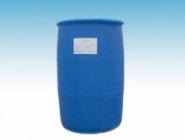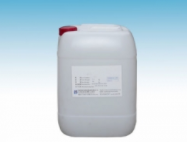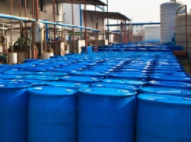According to the characteristics of surfactants, 9 types of surfactants were selected, 7 of them were selected and deinking experiments were carried out with a single surfactant. Five compounds with better effect were selected. The optimum formulation 3 was studied by orthogonal experiment. The optimum technological conditions were A3B2C1D3 with pulp consistency of 9%, deinking agent dosage of 0.8%, deinking temperature of 50 C, deinking time of 50 min and brightness of Newsprint Pulp of 56.1% after deinking.

Paper is an important packaging material. With the increasing demand for paper and cardboard, the shortage of raw materials and energy will be aggravated. Because of the limited forest resources and the shortage of water resources in China, the demand of paper industry can not be met. Therefore, in today's advocacy of ecological civilization and circular economy, the recycling and utilization of waste paper and paper products is very important.
Worldwide, 54% of waste paper is used as cardboard, 15% as wrapping paper, 12% as newsprint, 10% as toilet paper, and 7% as printing and writing paper. Waste paper papermaking can save complex wood raw material preparation, cooking, bleaching and other processes. The key to the utilization of waste paper is the deinking technology of waste paper. Surfactant is the main active ingredient in Deinking of waste paper. In this paper, the performance of different surfactants is compared and selected, and applied to chemical washing deinking of waste newsprint, and the appropriate process is discussed.

Compared with blank samples, the whiteness of deinked pulps with surfactant is improved to a certain extent. This is because the hydrophobic groups will be combined with ink after surfactant is added, and the hydrophilic groups remain in water at the same time, which changes the interfacial properties of ink and makes it easy to dissolve in water. Quality, that is, to give full play to the surfactant to reduce the surface tension of the solution resulting in wetting, penetration, emulsification and dispersion, solubilization and other functions, so that ink can be better separated from the fiber, and dissolved in water to remove.

Anionic surfactants have excellent performance in decontamination, but they are often used in combination with non-ionic surfactants to obtain better deinking effect. Anionic surfactants have good foaming and degreasing properties. Non-ionic surfactants present non-ionic state in aqueous solution and have high stability. When nonionic surfactant and anionic surfactant are used together, the colloidal particles are negatively charged and repelled by the same electric current, which can form a stable dispersion system, and is beneficial to the separation of ink and fiber and removal.